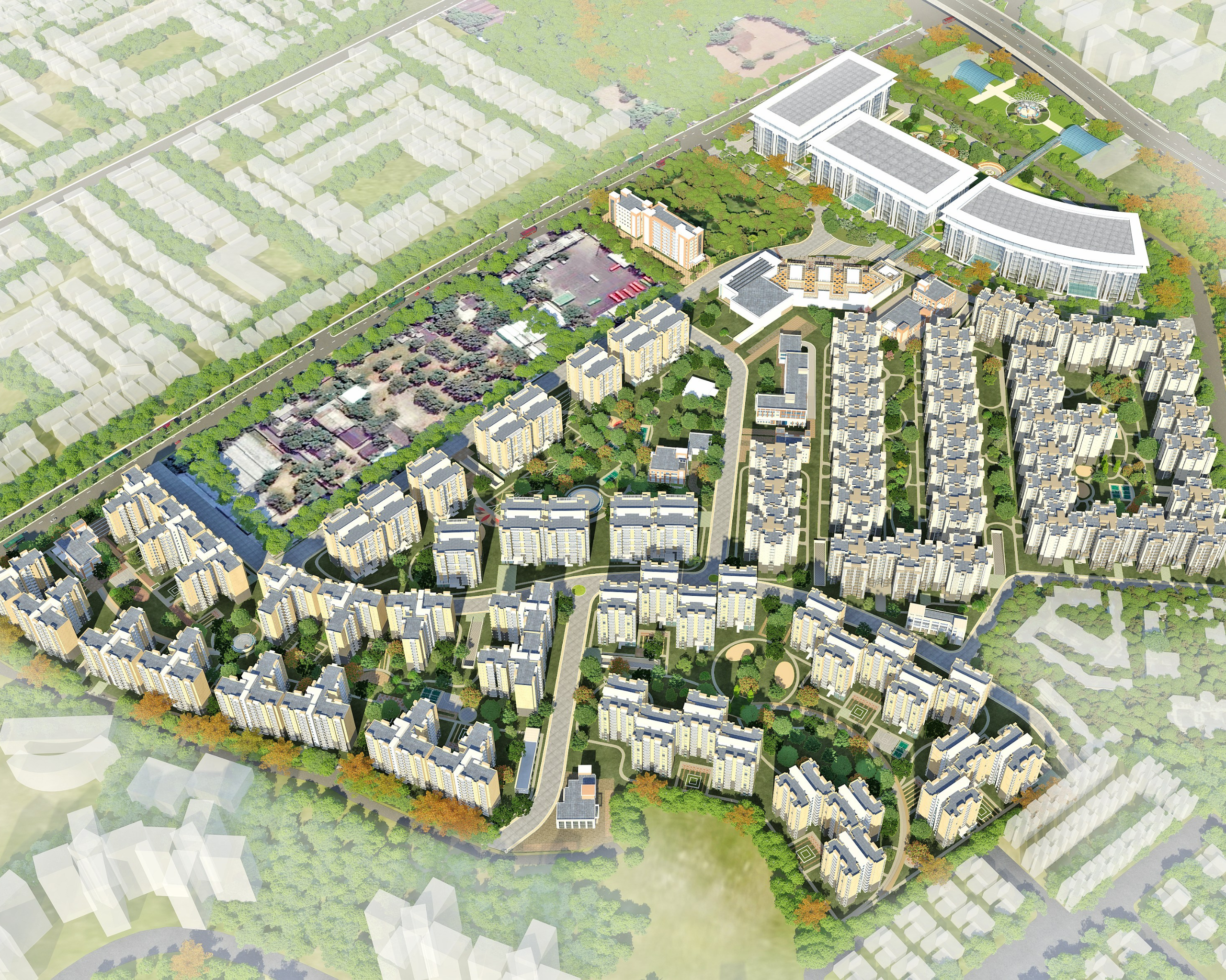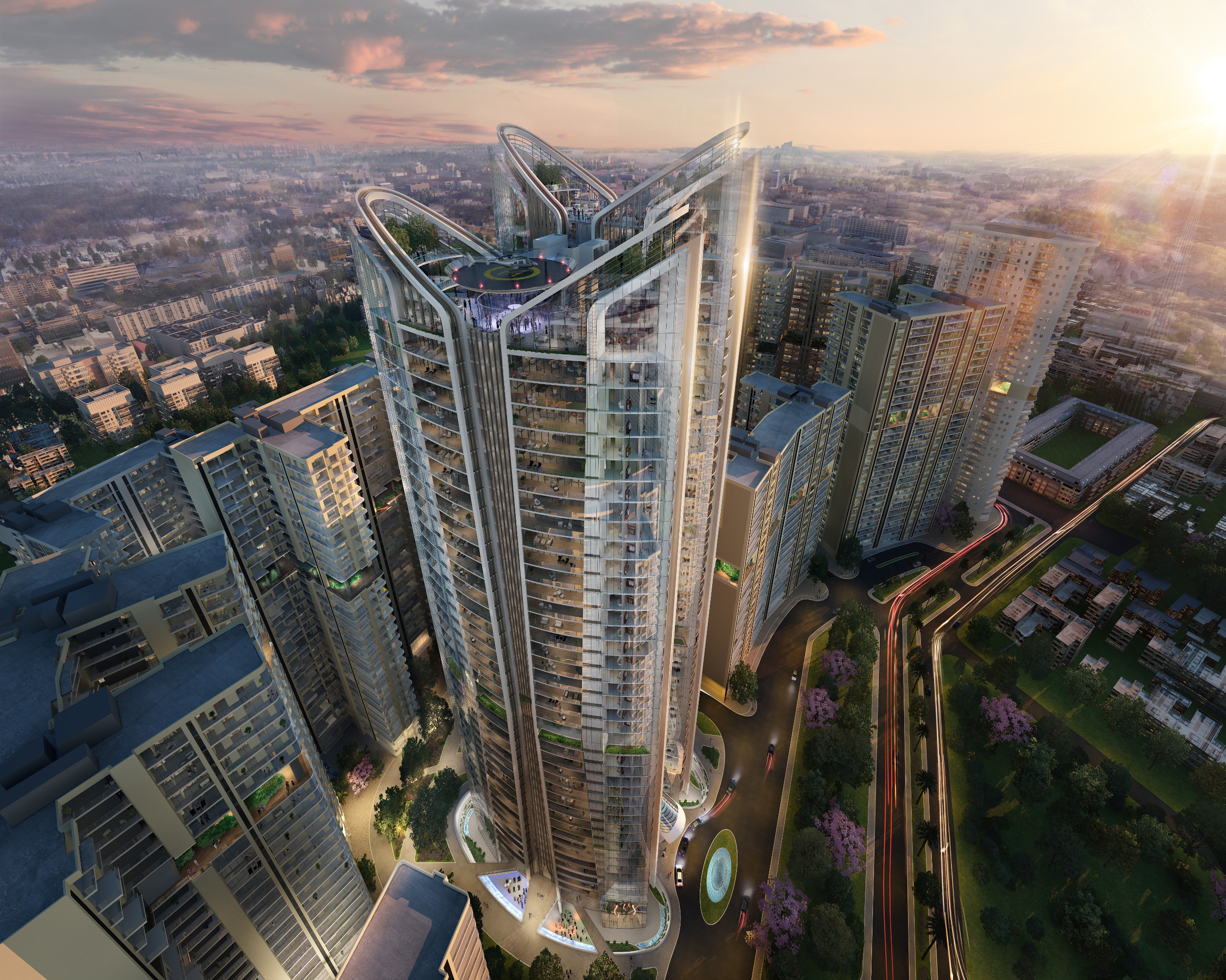Integrating Redevelopment with Urban Infrastructure: A Path to Sustainable Urbanism in India

As Indian cities expand, integrating existing urban infrastructure within our redevelopment schematics is crucial for creating sustainable and resilient urban environments. From transportation systems to utilities, urban infrastructure forms the backbone of city life, and aligning new developments with these systems allows cities to grow efficiently without overwhelming their resources. For urban redevelopment projects of any scale, such integration ensures that urban growth is seamless and beneficial to local communities.
The importance of addressing existing infrastructure lies in its potential to enhance connectivity, sustainability, and livability within cities. Transportation networks, water and sewage systems, and energy grids are already under significant strain in densely populated areas. Redevelopment that overlooks these challenges can lead to infrastructure breakdowns and decreased quality of life. Conversely, projects that work harmoniously with current systems can reinforce their effectiveness. For instance, by integrating new housing or commercial developments near major transit hubs, we can ease traffic congestion and reduce the demand for individual vehicle use, lowering pollution levels.
However, approaching redevelopment from an integrative standpoint requires a detailed understanding of the area’s socio-economic fabric. Urban infrastructure often serves diverse communities with specific needs, so redevelopment plans should address local issues without disrupting established systems. For example, upgrading water management infrastructure to include rainwater harvesting and wastewater recycling in new buildings can support resource efficiency while reducing the pressure on existing water systems, benefiting the surrounding neighbourhoods.
Fostering collaboration between government bodies, local stakeholders, and private developers is key to creating inclusive, effective redevelopment. One example is incorporating green infrastructure like parks and stormwater management systems into densely populated areas. These spaces provide environmental benefits, enhance public health, and create a more balanced urban landscape.
The positive impacts of integrating redevelopment with existing infrastructure are multifaceted. They promote efficient land use, reduced carbon emissions, and lowered municipal costs by minimising the need for extensive new infrastructure. Furthermore, they foster stronger, interconnected communities by enhancing accessibility, improving service delivery, and creating economic opportunities within established neighbourhoods.
Integrating redevelopment with urban infrastructure in Indian cities is a transformative approach that aligns growth with sustainability. By prioritising harmony between new developments and existing systems, architecture firms contribute to a future where urban expansion supports people and the environment, setting the foundation for resilient, adaptable cities.




